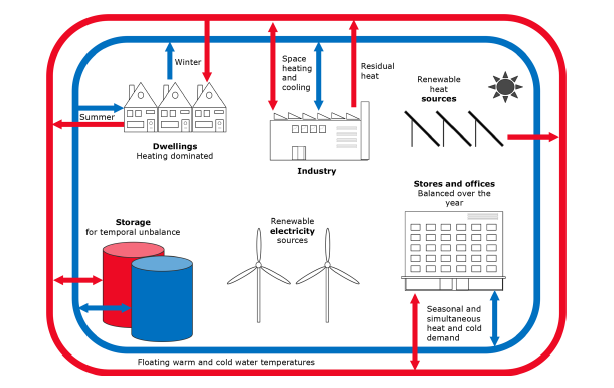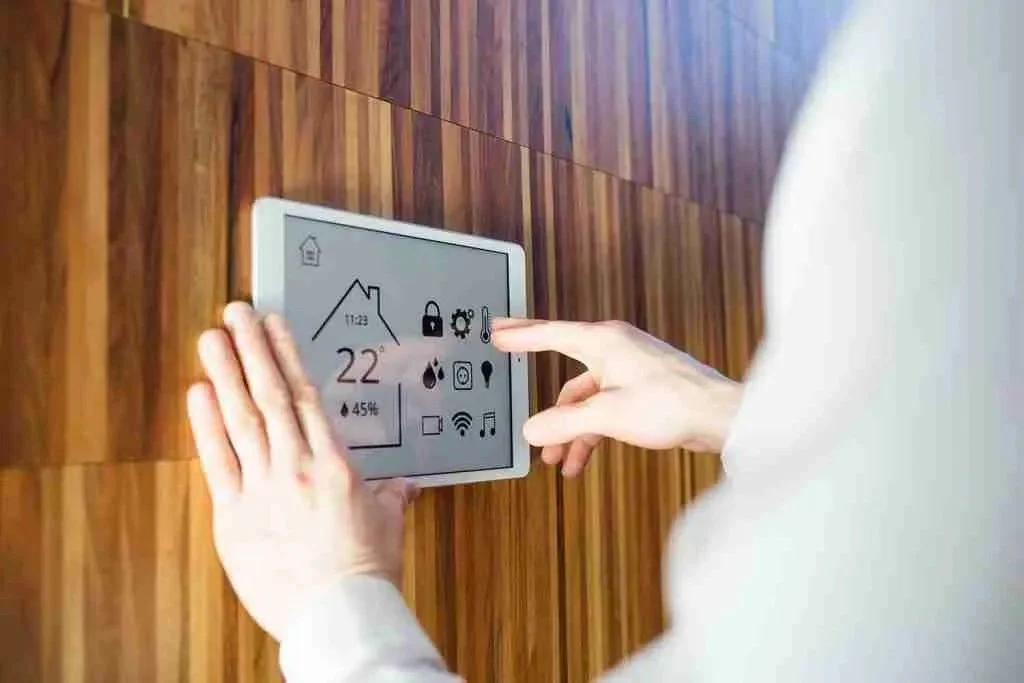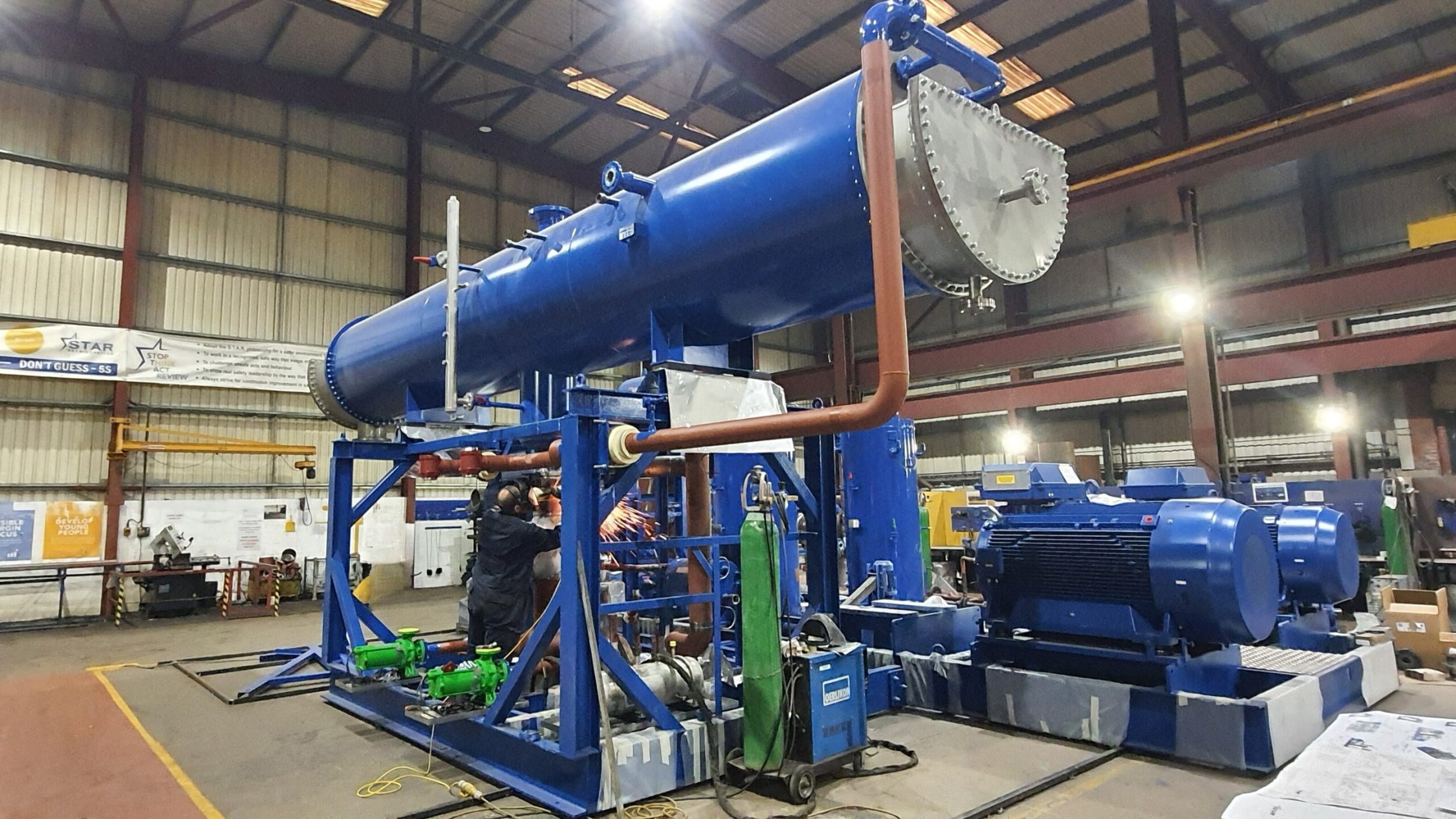
By Design Tech Solutions — Experts in Low-Carbon Heat Network Engineering
Introduction: Why Low-Temperature Networks Are the Future
As the UK decarbonises its heat supply, the days of high-temp, fossil-fuel-based networks are numbered. The industry is moving toward 4th and 5th generation heat networks — systems that operate at significantly lower temperatures to reduce heat losses and support low-carbon heat sources.
At DTS, we specialise in designing networks that operate at 60°C or lower, unlocking compatibility with heat pumps, solar thermal, and ambient loop systems — all while meeting comfort and compliance requirements.
What Are Low-Temperature Heat Networks?
Low-temperature networks (LTNs) typically operate with:
Flow temperatures of 50–65°C
Return temperatures of 30°C or lower
Lower pressure losses and pipe sizes
Smarter controls and zoning
Renewable-ready configurations
They’re most common in 4G (centralised) and 5G (ambient) heat networks — designed for efficiency, flexibility, and smart integration.
Why Design for Lower Temperatures?
Improved Efficiency
Lower temps reduce heat loss, improve boiler/heat pump performance, and enable smaller pipework.
Heat Pump Compatibility
ASHPs and GSHPs operate most efficiently when supply temps are below 60°C — essential for decarbonisation.
User Comfort & Control
With good HIU design and flow control, users still enjoy consistent heating and hot water.
Zoning & Smart Controls
Lower temps support fine zoning, metering, and real-time optimisation — especially in mixed-use buildings.
Future-Proofing
Lower operating temps make it easier to transition away from gas backup or integrate additional renewables later.
DTS Design Considerations
Temperature Drop Modelling
We simulate flow and return temps across the network to ensure thermal performance at all user points.
Pipe & HIU Specification
We specify pipes, valves, and HIUs designed for low-temp efficiency and reduced return temps.
Controls Logic
We configure weather compensation, flow balancing, and responsive zoning controls that adjust in real time.
Source Selection Alignment
Our low-temp layouts are designed to maximise output from heat pumps, solar, or waste heat recovery systems.
FAQ
Ideal Applications
New residential developments
Mixed-use schemes with sub-zoning
Healthcare and public buildings (with high efficiency standards)
Campus and estate networks
Let’s Turn Down the Temperature — and the Carbon
If you're planning a future-ready network, low-temperature is the smart choice. DTS designs efficient, comfortable systems that are built for net zero.
RELATED READS
Explore our detailed guides on designing effective, future-ready district heating systems. Each article is written to help clients, developers, and stakeholders understand what great network design looks like in practice.







